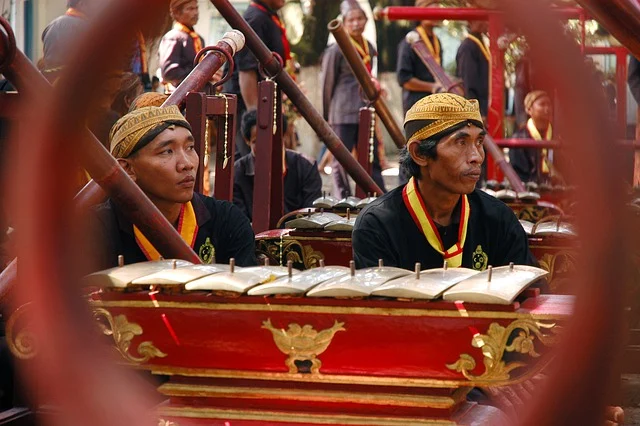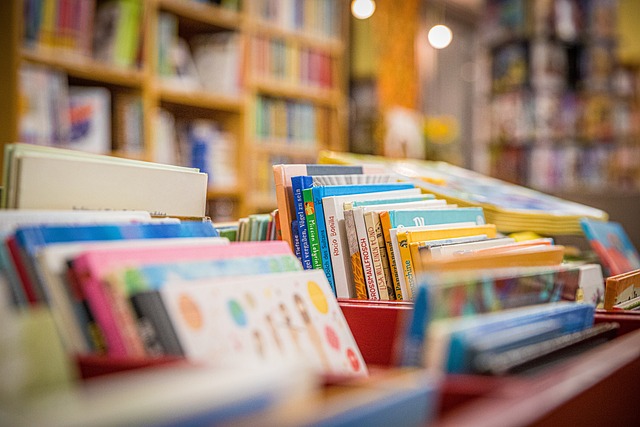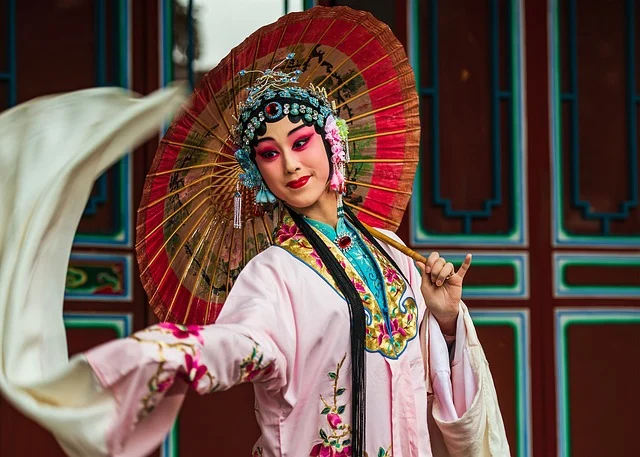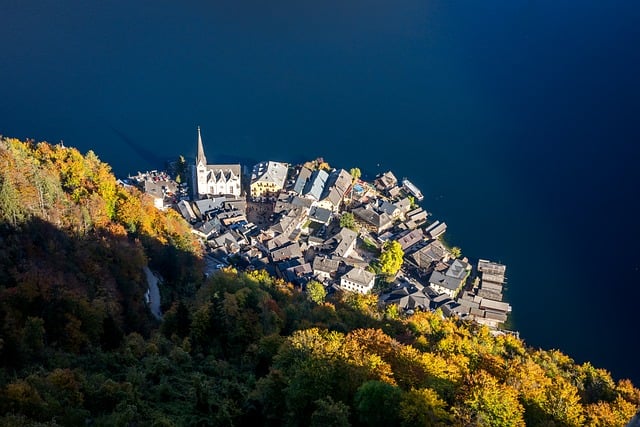Swiss Festivals: Carnival, Fasnacht, and More

Switzerland, a country renowned for its breathtaking landscapes, precision engineering, and rich cultural heritage, is also home to some of the most vibrant and unique festivals in Europe. Among these, the Swiss Carnival, known as Fasnacht, stands out as a highlight of the country’s festive calendar. However, Switzerland’s festival culture extends far beyond Fasnacht, encompassing a variety of regional celebrations that reflect the nation’s diverse traditions, history, and community spirit. In this article, we will delve into the fascinating world of Swiss festivals, with a particular focus on Carnival and Fasnacht, while also exploring other notable celebrations that make Switzerland a year-round destination for cultural enthusiasts.
1. The Swiss Carnival: A Celebration of Joy and Rebellion
Carnival, or Fasnacht as it is known in Switzerland, is one of the most anticipated events of the year. This lively festival, which takes place in the weeks leading up to Lent, is a time for communities to come together, let loose, and celebrate life with music, costumes, and parades. While Carnival is celebrated in many parts of the world, Swiss Fasnacht has its own unique flavor, deeply rooted in local traditions and history.
1.1 The Origins of Fasnacht
The origins of Fasnacht can be traced back to pre-Christian times, when people celebrated the end of winter and the arrival of spring. Over time, these pagan rituals merged with Christian traditions, particularly the period of Lent, a time of fasting and reflection before Easter. Fasnacht became a way for people to indulge in food, drink, and merriment before the austerity of Lent.
In Switzerland, Fasnacht is particularly associated with the cities of Basel, Lucerne, and Zurich, each of which has its own distinct way of celebrating. The festival is characterized by elaborate costumes, masked parades, and the playing of traditional music, often featuring drums and piccolos.
1.2 Basel Fasnacht: The “Drey scheenschte Dääg”
Basel Fasnacht is arguably the most famous Carnival celebration in Switzerland and is even recognized by UNESCO as an intangible cultural heritage. Known locally as the “Drey scheenschte Dääg” (the three most beautiful days), Basel Fasnacht begins on the Monday after Ash Wednesday and lasts for exactly 72 hours.
The festival kicks off at 4 a.m. with the “Morgestraich”, a magical moment when all the lights in the city are turned off, and the streets are illuminated solely by the lanterns carried by participants. Thousands of costumed revelers, known as “Cliques”, march through the streets playing traditional Fasnacht music. The atmosphere is both eerie and enchanting, as the city is transformed into a surreal world of light and sound.
Throughout the three days, the streets of Basel are filled with parades, satirical performances, and elaborate floats that often poke fun at political and social issues. The festival is a testament to the Swiss sense of humor and their love of satire.
1.3 Lucerne Fasnacht: A Colorful Extravaganza
Lucerne’s Fasnacht, known as “Fritschi”, is another major Carnival celebration in Switzerland. Unlike Basel, Lucerne’s festivities begin on Fat Thursday (the Thursday before Ash Wednesday) and continue until Shrove Tuesday.
One of the highlights of Lucerne Fasnacht is the “Fritschi Family”, a group of characters that include Fritschi (a symbolic figure representing the spirit of Carnival), his wife Fritschene, and their child. The Fritschi parade, which takes place on Fat Thursday, is a colorful spectacle featuring giant floats, marching bands, and costumed participants.
Lucerne’s Fasnacht is also known for its “Guggenmusik”, a type of loud, discordant brass band music that adds to the festive chaos. The city’s medieval old town provides a picturesque backdrop for the celebrations, making Lucerne Fasnacht a visually stunning experience.
2. Beyond Fasnacht: Other Notable Swiss Festivals
While Fasnacht is undoubtedly the most famous Swiss festival, the country boasts a rich tapestry of celebrations throughout the year. These festivals reflect Switzerland’s regional diversity, with each canton and city having its own unique traditions.
2.1 Sechseläuten: Zurich’s Spring Festival
Sechseläuten is Zurich’s traditional spring festival, celebrated on the third Monday of April. The festival marks the end of winter and the beginning of the warmer months. The highlight of Sechseläuten is the burning of the “Böögg”, a snowman-like effigy that symbolizes winter. According to tradition, the faster the Böögg’s head explodes, the warmer and sunnier the coming summer will be.
The festival also features a grand parade of guild members dressed in historical costumes, as well as horse-drawn carriages and marching bands. Sechseläuten is a celebration of Zurich’s rich history and its guild traditions, which date back to the Middle Ages.
2.2 Fête de l’Escalade: Geneva’s Historic Celebration
The Fête de l’Escalade is Geneva’s most important annual festival, commemorating the city’s victory over the Duke of Savoy in 1602. The festival takes place in December and includes a variety of events, such as parades, historical reenactments, and the breaking of chocolate cauldrons filled with marzipan vegetables.
One of the most beloved traditions of the Fête de l’Escalade is the “Marmite”, a chocolate cauldron that symbolizes the pot of hot soup supposedly thrown by a Geneva housewife to repel the invading Savoyard soldiers. Families and friends gather to smash the chocolate cauldron while reciting the phrase, “Ainsi périssent les ennemis de la République!” (“Thus perish the enemies of the Republic!”).
2.3 Alpabfahrt: The Cattle Descent
In the Alpine regions of Switzerland, the Alpabfahrt (cattle descent) is a cherished tradition that marks the end of the summer grazing season. Typically held in September, the festival involves farmers bringing their cattle down from the high mountain pastures to the valleys for the winter.
The cattle are adorned with elaborate headdresses made of flowers, ribbons, and bells, and the procession is accompanied by traditional music and dancing. The Alpabfahrt is not only a celebration of the agricultural way of life but also a reminder of the deep connection between the Swiss people and their natural environment.
3. The Cultural Significance of Swiss Festivals
Swiss festivals are more than just occasions for celebration; they are a reflection of the country’s cultural identity and values. These festivals provide a sense of continuity, connecting the present with the past and preserving traditions that might otherwise be lost in the modern world.
Moreover, Swiss festivals emphasize community and togetherness. Whether it’s the masked revelers of Fasnacht or the guild members of Sechseläuten, these celebrations bring people together, fostering a sense of belonging and shared identity.
Finally, Swiss festivals are a testament to the country’s creativity and sense of humor. From the satirical floats of Basel Fasnacht to the playful breaking of chocolate cauldrons in Geneva, these events showcase the Swiss ability to find joy and laughter in even the most challenging times.




